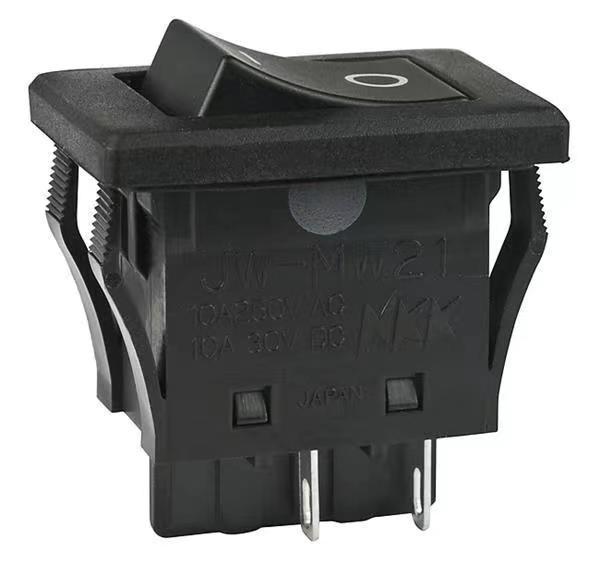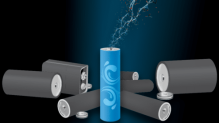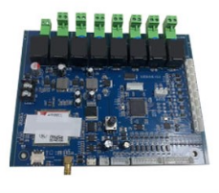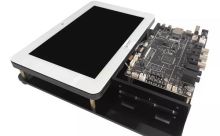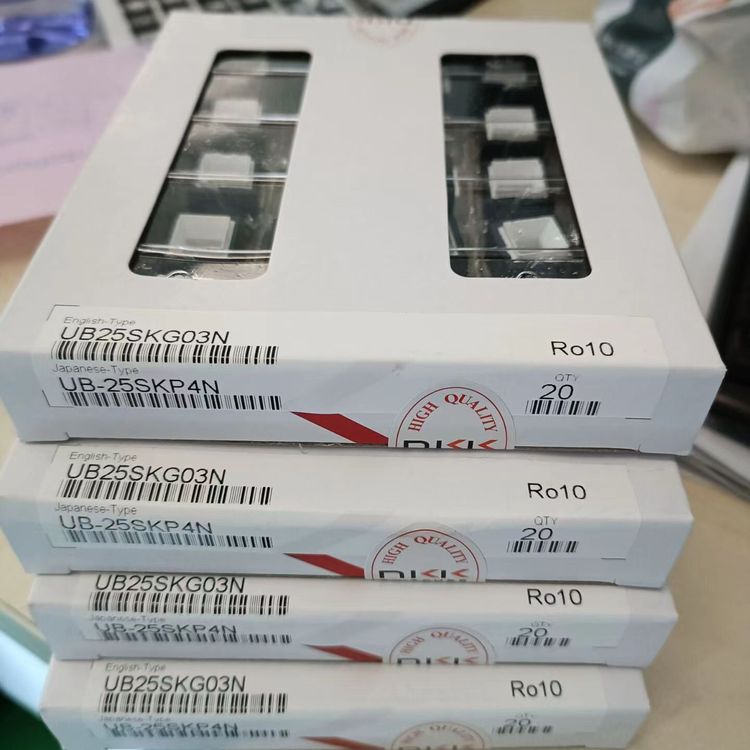
Overview
The LP2951-xx-Q1 devices are bipolar, low-dropout voltage regulators that can accommodate a wide inputsupply-voltage range of up to 30 V.
The 8-pin LP2951-xx-Q1 devices are able to output either a fixed or adjustable output from the same device. By tying the OUTPUT and SENSE pins together, and the FEEDBACK and VTAP pins together, the LP2951-xx-Q1 devices output a fixed 5 V, 3.3 V, or 3 V (depending on the version).Alternatively, by leaving the SENSE and VTAP pins open and connecting FEEDBACK to an external resistor divider, the output can be set to any value between 1.235 V to 30 V.The 8-pin LP2951-xx-Q1 devices also offer additional functionality that makes them particularly suitable for battery-powered applications. For example, a logic-compatible shutdown feature allows the regulator to be put in standby mode for power savings. In addition, there is a built-in supervisor reset function in which the ERROR output goes low when VOUT drops by 6% of its nominal value for whatever reasons – due to a drop in VIN, current limiting, or thermal shutdown.LP2951-xx-Q1 devices are designed to minimize all error contributions to the output voltage. With a tight output tolerance (0.5% at 25°C), a very low output voltage temperature coefficient (20 ppm typical), extremely good line and load regulation (0.3% and 0.4% typical), and remote sensing capability, the parts can be used as either lowpower voltage references or 100-mA regulators.
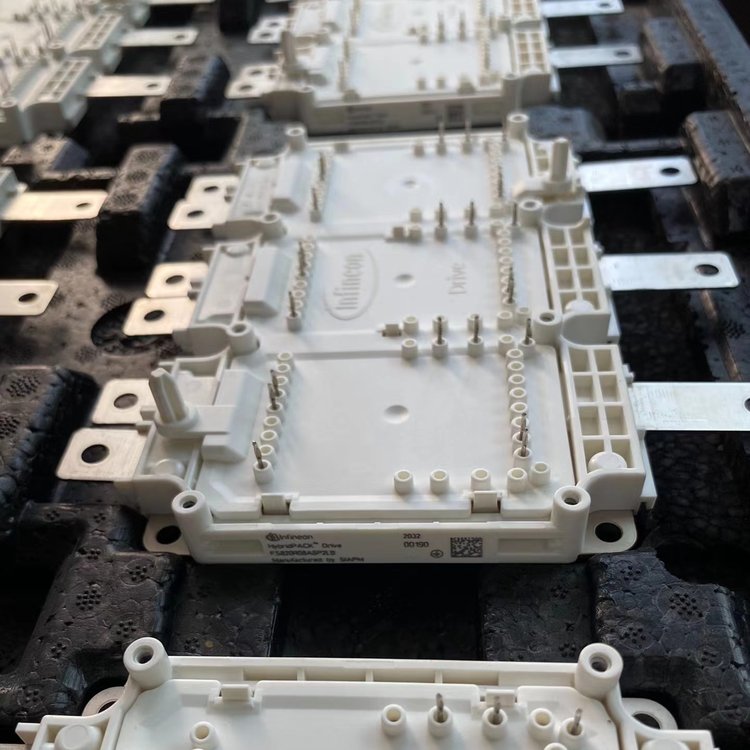
ERROR Function
The LP2951-xx-Q1 devices have a low-voltage detection comparator that outputs a logic low when the output voltage drops by ≈6% from its nominal value, and outputs a logic high when VOUT has reached ≈95% of its nominal value.
This 95% of nominal figure is obtained by dividing the built-in offset of ≈60 mV by the 1.235-V bandgap reference, and remains independent of the programmed output voltage. For example, the trip-point threshold (ERROR output goes high) typically is 4.75 V for a 5-V output and 11.4 V for a 12-V output. Typically,there is a hysteresis of 15 mV between the thresholds for high and low ERROR output.A timing diagram is shown in Figure 32 for ERROR vs VOUT (5 V), as VIN is ramped up and down. ERROR becomes valid (low) when VIN ≈ 1.3 V. When VIN ≈ 5 V, VOUT = 4.75 V, causing ERROR to go high. Because the dropout voltage is load dependent, the output trip-point threshold is reached at different values of VIN, depending on the load current. For instance, at higher load current, ERROR goes high at a slightly higher value of VIN, and vice versa for lower load current. The output-voltage trip point remains at ~4.75 V, regardless of the load. Note that when VIN ≤ 1.3 V, the ERROR comparator output is turned off and pulled high to its pullup voltage. If VOUT is used as the pullup voltage, rather than an external 5-V source, ERROR typically is ~1.2 V. In this condition, an equal resistor divider (10 kΩ is suitable) can be tied to ERROR to divide down the voltage to a valid logic low during any fault condition, while still enabling a logic high during normal operation.
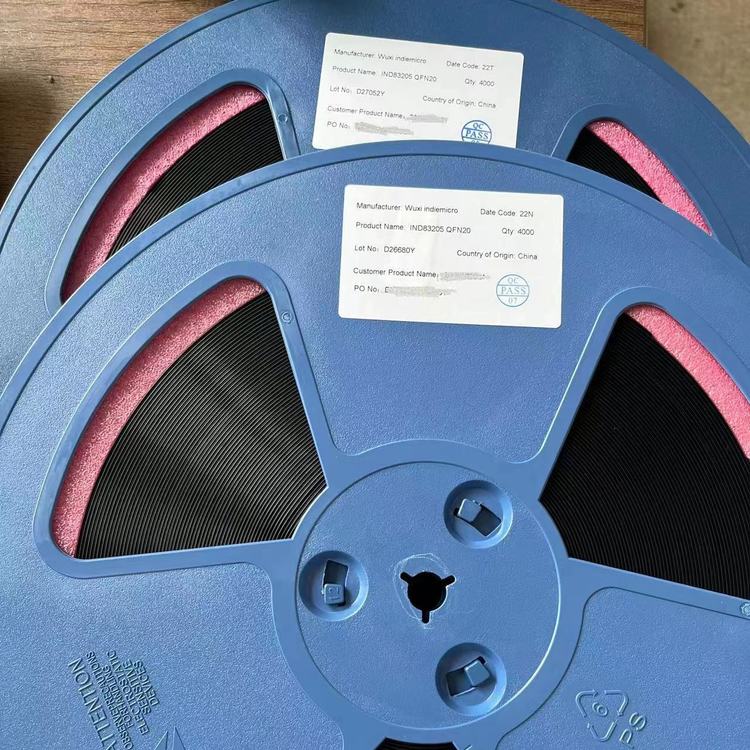
Because the ERROR comparator has an open-collector output, an external pullup resistor is required to pull the output up to VOUT or another supply voltage (up to 30 V).
The output of the comparator is rated to sink up to 400 μA. A suitable range of values for the pullup resistor is from 100 kΩ to 1 MΩ. If ERROR is not used, it can be left open.
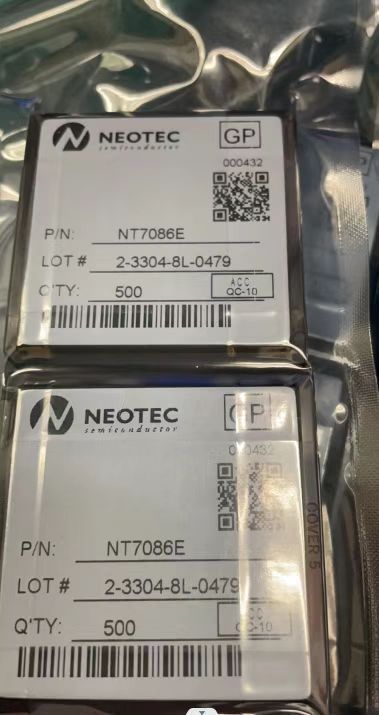
Capacitance Value
For VOUT ≥ 5 V, a minimum of 1 μF is required.
For lower VOUT, the regulator’s loop gain is running closer to unity gain and, thus, has lower phase margins. Consequently, a larger capacitance is needed for stability. For VOUT = 3 V or 3.3 V, a minimum of 2.2 μF is recommended. For worst case, VOUT = 1.23 V (using the ADJ version), a minimum of 3.3 μF is recommended. COUT can be increased without limit and only improves the regulator stability and transient response. Regardless of its value, the output capacitor should have a resonant frequency greater than 500 kHz. The minimum capacitance values given above are for maximum load current of 100 mA. If the maximum expected load current is less than 100 mA, then lower values of COUT can be used. For instance, if IOUT < 10 mA, then only 0.33 μF is required for COUT. For IOUT < 1 mA, 0.1 μF is sufficient for stability requirements. Thus, for a worst-case condition of 100-mA load and VOUT = VREF = 1.235 V (representing the highest load current and lowest loop gain), a minimum COUT of 3.3 μF is recommended. For the LP2951-xx-Q1 devices, no load stability is inherent in the design — a desirable feature in CMOS circuits that are put in standby (such as RAM keep-alive applications). If the LP2951-xx-Q1 is used with external resistors to set the output voltage, a minimum load current of 1 μA is recommended through the resistor divider.
